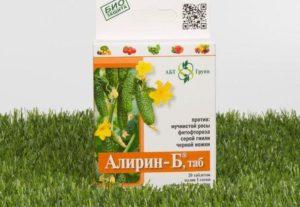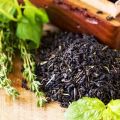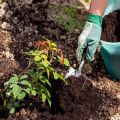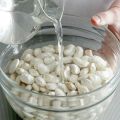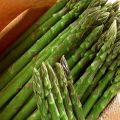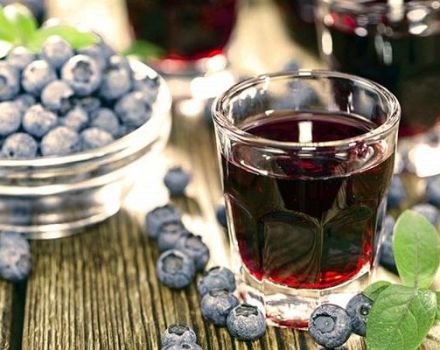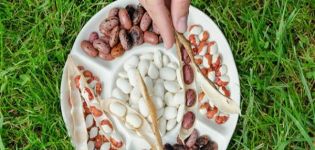Instructions for use of the herbicide Galleon, mechanism of action and consumption rates
Systemic herbicide, active after germination, is used to destroy dicotyledonous annuals and perennials in areas occupied by mustard and rapeseed. With the help of the Galleon herbicide, they fight against weed species of the family Astrovye, Lipoceae, Nightshade, Buckwheat, Madder. The drug is resistant to moisture, is used in a wide temperature range, does not inhibit cultivated vegetation, does not affect crop rotation, and is economically consumed.
Content
- 1 Active ingredients and preparative form of the drug Galleon
- 2 Principle of operation and speed of action
- 3 The spectrum of action of the tool
- 4 Protective period
- 5 Pros and cons
- 6 Herbicide consumption measures
- 7 How to properly prepare and use a working solution
- 8 Safety engineering
- 9 Phytotoxicity, crop tolerance
- 10 Possibility of emergence of resistance
- 11 Compatibility
- 12 Terms and conditions of storage
- 13 Drug analogues
Active ingredients and preparative form of the drug Galleon
The herbicide belongs to the chlorinated pyridines. Active ingredients:
- clopyralid at a concentration of 267 g / l;
- picloram - 67 g / l.
The drug is sold in the form of an aqueous solution in plastic 5-liter canisters. Manufacturer - Ukrainian company "Agrokhimkontrakt".
Principle of operation and speed of action
Galleon is a systemic selective herbicide. The active components quickly penetrate into plant tissues, are transferred to all aerial parts and into the root system, and accumulate in growth points. Both active compounds are synthetic substitutes for auxins - plant growth hormones. At the growth points, they block the activity of natural hormones, as a result, susceptible plants die due to the stopped growth processes.
Weeds exposed to the herbicide are deformed, shoots and leaves twist, leaf plates become thick and narrow, covered with dense formations, and cracked.
Conditions in the place where weeds grow affect the rate of herbicidal action. In unfavorable weather, the chemical acts more slowly, but its effectiveness is not reduced.
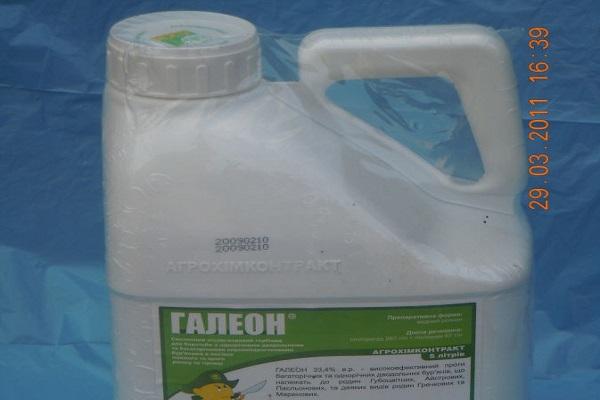
The spectrum of action of the tool
Most susceptible to herbicide effects:
- sow thistle;
- ambrosia;
- black nightshade;
- alfalfa;
- self-sown clover;
- bedstraw;
- knapweed;
- Vika;
- bitterness;
- tatar lettuce;
- self-sown sunflower.
Less susceptible to herbicidal effects:
- self-sown poppy;
- pigweed;
- field viola;
- forget-me-not;
- wood lice.
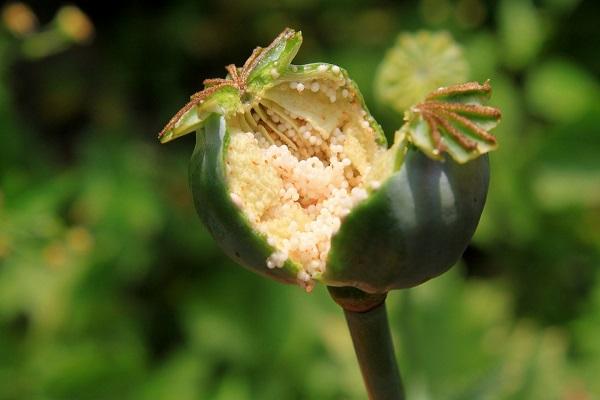
Protective period
Susceptible weeds stop growing 2 hours after treatment. Signs of oppression of vegetation are noted after 14-18 hours. Plants die after 2-3 weeks (more sensitive earlier).
Galleon affects the weeds that are already on the site at the time of treatment.The protective effect lasts for the entire growing season.
Pros and cons
The herbicide Galleon is popular among farmers because it has many advantages:
- highly effective against a large list of dicotyledonous annuals and perennials, including those that give root suckers;
- is not washed off by sediments one hour after treatment;
- used at air temperatures from +8 to +25 ° C;
- does not have a toxic effect on cultivated species;
- suitable for spring processing after analyzing the condition of overwintered rapeseed;
- economically spent;
- effectively fights sow thistle and bedstraw;
- does not affect crop rotation;
- maintains the cleanliness of the sown area throughout the growing season.
The agrarians do not notice any particular disadvantages when using the herbicide.
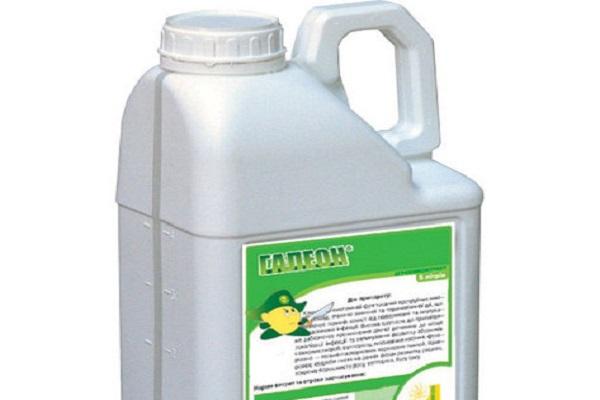
Herbicide consumption measures
Treatment with Galleon is carried out by spraying, when annual weeds are in the stage of 2-10 true leaves, and perennial weeds reach a height of 10-15 cm (are in the rosette stage).
Galleon is used as a highly selective chemical in the areas occupied by spring and winter rapeseed. A great advantage of the drug is the possibility of using it at different periods of the growing season: from the stage of 2 true leaves to the formation of buds, until their diameter exceeds 1 cm.
Galleon is most effective when spraying only emerging, intensively growing herbs.
The herbicide is effective against sow thistle and bedstraw, the most difficult weed species. The bedstraw, whose height is no more than 8 cm, dies after the herbicidal effect. A taller weed stops growing, does not give seeds, does not inhibit the development of cultivated vegetation.
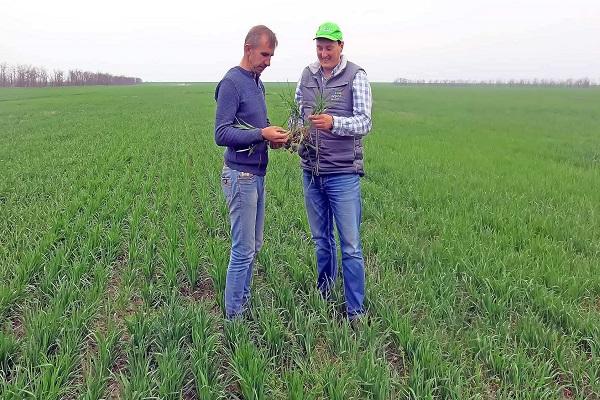
The table below shows the herbicide application rates for a specific crop species.
| Cultural view | Weed vegetation | Consumption rate, l / ha | Frequency of spraying |
| rape | weedy annuals and perennials | 0,30-0,35 | 7(3) |
| mustard | |||
| cabbage | |||
| corn | dicotyledonous and cereal annuals | 0,30-0,40 | 1 |
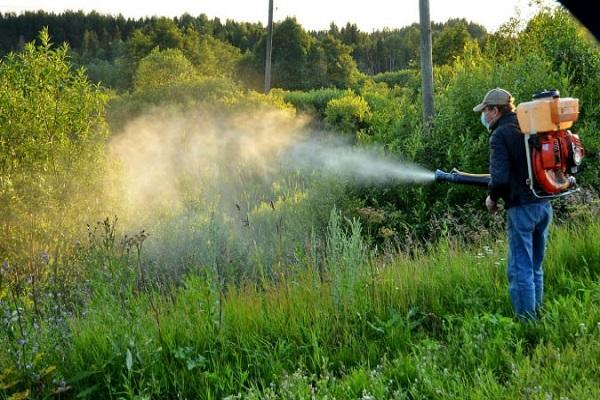
How to properly prepare and use a working solution
The tank of the spraying device is filled with water to half its volume. Include a stirrer, pour in a measured amount of herbicide. With the stirrer running, add water to the edge of the tank.
The working fluid is prepared and the tank is filled at the filling platform, which is then cleaned.
Working fluid consumption - 200-400 liters per hectare. The maximum consumption is at a high density of crops, as well as when the culture is in a late stage of development, in order to increase the effectiveness of herbicidal action.
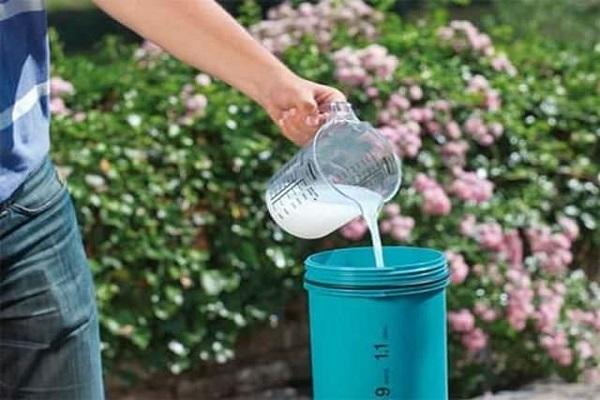
The drug is used when the air temperature exceeds +8 ° C. Do not carry out processing during the period of frost, and also when the estimated time before precipitation is less than an hour.
Safety engineering
The herbicide Galleon belongs to the 3rd hazard class - a moderately toxic substance. When working with him, you must use standard protective equipment: closed clothing, respirator, rubberized gloves, work glasses.
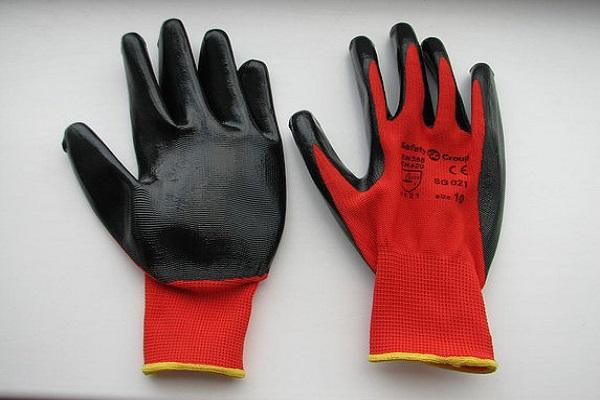
Phytotoxicity, crop tolerance
When used in the correct dosages, subject to the processing time, the herbicide does not have a toxic effect on crops.
Active substances are quickly destroyed in the soil, so there are no restrictions on crop rotation.
If, due to unfavorable factors, it is planned to resell on an area treated with a herbicide, then deep plowing is required, after which it is possible to sow cereals, rape, corn, cabbage, flax, mustard.
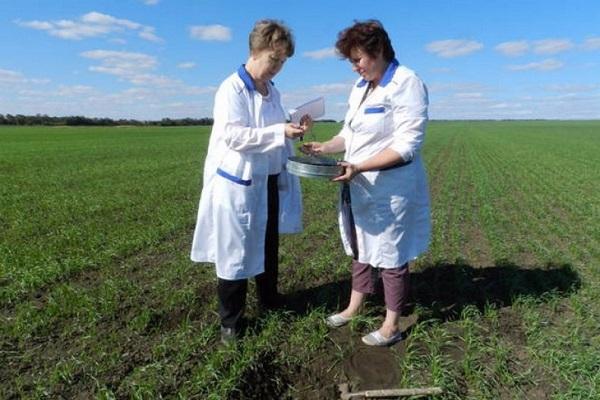
Possibility of emergence of resistance
To exclude the possibility of resistance, Galleon and herbicides with a different chemical composition should be used alternately.
Compatibility
Galleon is combined with herbicides that are effective against cereals and other weeds that the described chemical cannot cope with. Also make mixtures with insecticides, fungicides, growth stimulants. Before preparing the tank mixture, the compatibility of the preparations is checked.
Do not combine Galleon for spring and autumn treatment with fungicides and growth stimulants that have a retardant effect. The period between treatments with these drugs is 10 days.
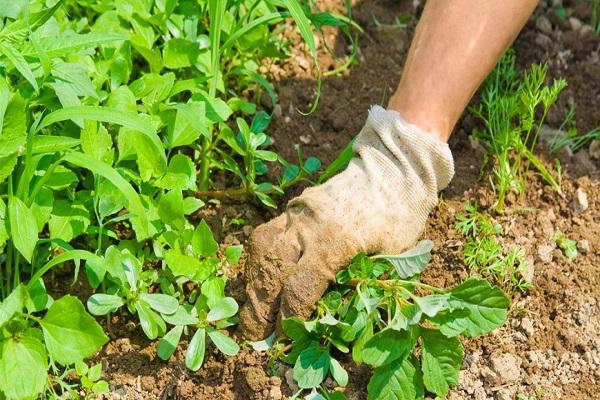
Terms and conditions of storage
The Galleon preparation is stored in a canister in a warehouse designated for chemicals at temperatures from -5 to +30 ° C.
The herbicide is good for 3 years.
Drug analogues
Herbicides having a similar chemical composition:
- Galleass;
- Mikado;
- Galley;
- Naraps;
- Stefkloram.
These drugs, also produced in the form of an aqueous solution, have a systemic selective effect, effectively fight against a large list of dicotyledonous annuals and perennials. When used correctly, they do not have a toxic effect on crops.
